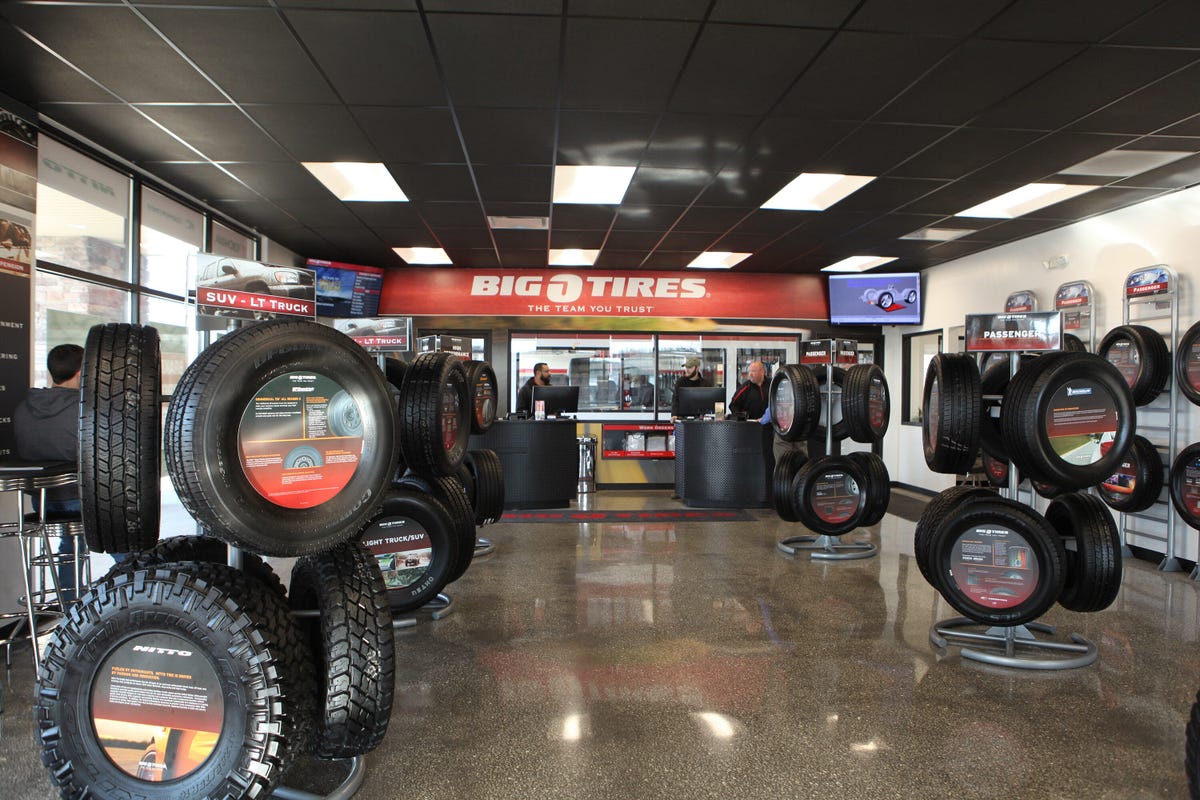Discover Exclusive Mopar Tire Service Specials in Morris Today
Discover Exclusive Mopar Tire Service Specials in Morris Today
Blog Article
Tire Solution: Comprehending Tire Pressure Tracking Systems
Recognizing Tire Stress Surveillance Systems (TPMS) is an essential facet of preserving optimal lorry efficiency and security when traveling. With developments in automotive technology, TPMS has come to be a basic feature in modern-day cars, providing real-time information on tire pressure levels. Diving deeper into the details of TPMS, one can discover the various components that make up this system and the relevance of each in guaranteeing exact monitoring. From straight to indirect TPMS systems, the landscape of tire pressure surveillance varies, each with its distinct set of considerations and benefits. Remain tuned to unwind the complexities of TPMS, from upkeep ideas to the undeniable advantages of keeping your tires effectively pumped up. discount tires morris il.

Relevance of TPMS
The significance of Tire Stress Tracking Systems (TPMS) exists in their capability to enhance automobile safety and security and efficiency through real-time monitoring of tire stress degrees. Preserving the proper tire pressure is vital for guaranteeing optimum handling, braking, and general security of a car. TPMS offers vehicle drivers with instant responses on any overinflated or underinflated tires, permitting for timely changes to be made.
Parts of TPMS
Consisting of numerous necessary aspects, a Tire Stress Monitoring System (TPMS) works as a sophisticated security function in contemporary cars. The primary components of a TPMS consist of sensing units, a control module, and a caution indication. Sensors are normally situated in the tire shutoff stem or connected to the wheel assembly, where they determine tire pressure and transfer data to the control component. If it identifies substantially reduced stress in any of the tires, the control module procedures this info and activates a warning. The warning sign, usually a symbol on the control panel, informs the motorist to check the damaged tire or tires. Some advanced TPMS designs also display the real tire stress readings for each tire, supplying drivers with real-time information to make sure optimal tire efficiency and safety. By keeping track of tire pressure constantly, TPMS aids avoid crashes, reduces tire wear, and enhances gas performance, making it a vital part for vehicle security and efficiency.
Sorts Of TPMS

On the various other hand, indirect TPMS relies upon the vehicle's wheel rate sensors to keep track of tire stress. This system spots underinflation by contrasting the rotational rates of the wheels. Indirect TPMS is much less pricey than straight TPMS, as it utilizes existing sensors within the car.
While straight TPMS uses much more precise readings, indirect TPMS is easier in design and normally needs much less maintenance. Both systems have their benefits and restrictions, and the selection between them typically depends upon variables such as expense, vehicle make, and personal choice. Recognizing the differences between these 2 sorts of TPMS can aid lorry proprietors make educated choices relating to tire maintenance and safety and security.
TPMS Maintenance Tips
Conduct regular checks on the tire pressure degrees and contrast them with the TPMS readings to ensure they are regular. During tire turning or substitute, make certain that the TPMS elements are dealt with carefully to avoid any type of potential damages. If the TPMS warning light brightens on the dashboard, attend to the issue without delay by examining the tire stress and the overall system for any mistakes.
Advantages of Appropriate Tire Pressure
Preserving appropriate tire stress, as emphasized in TPMS Upkeep Tips, is vital for enjoying the many advantages connected with ideal tire stress degrees. One of the main benefits of preserving the correct tire pressure is improved gas effectiveness. When tires are correctly inflated, there is less moving resistance, leading to better fuel economy. In addition, proper tire pressure makes sure also tire wear, expanding the life expectancy of the tires and promoting much navigate to these guys safer driving problems. With the right tire stress, vehicles additionally have much better handling and traction, especially in damaging weather. This can boost overall driving performance and security for the vehicle driver and travelers. Additionally, preserving this link optimal tire stress can add to a smoother and more comfy adventure by decreasing vibrations and sound caused by underinflated tires. In verdict, the advantages of appropriate tire pressure exceed simply tire long life; they encompass boosted fuel effectiveness, enhanced safety, better car performance, and general driving comfort.
Final Thought
Finally, recognizing tire stress monitoring systems (TPMS) is important for maintaining optimum tire stress and guaranteeing vehicle safety and security. By identifying the significance of TPMS, knowing with its parts, recognizing the various types available, sticking to correct upkeep ideas, and recognizing the benefits of keeping proper tire pressure, drivers can enhance their driving experience and extend the lifespan of their tires. Proper tire stress is crucial to efficient and risk-free vehicle procedure.

Report this page